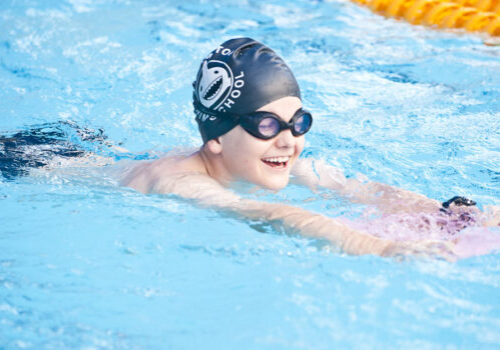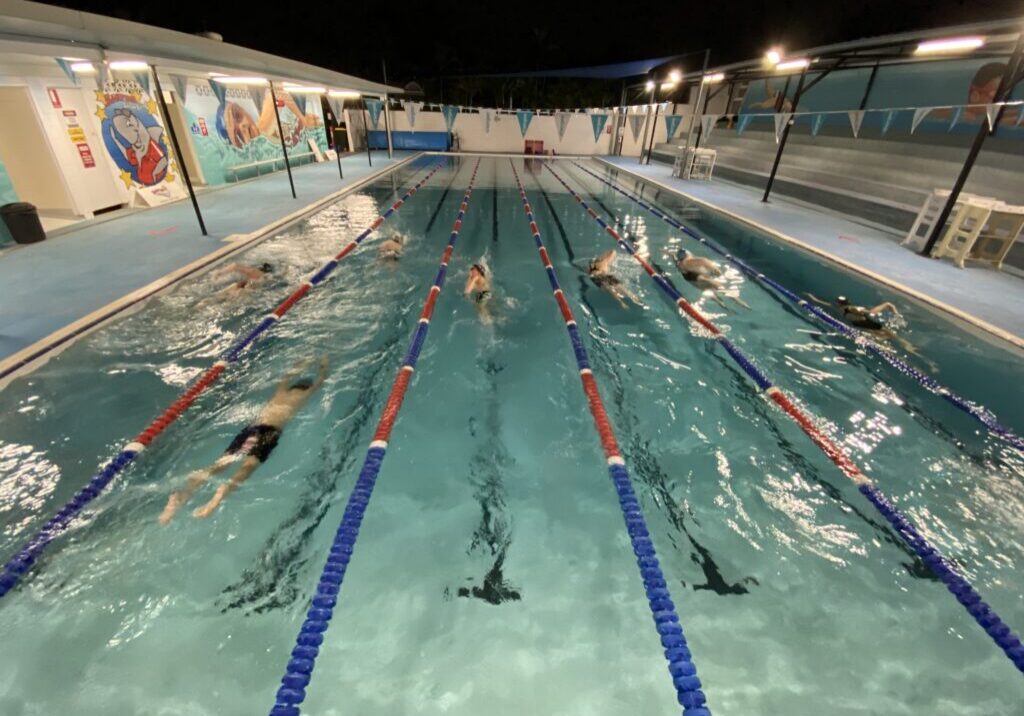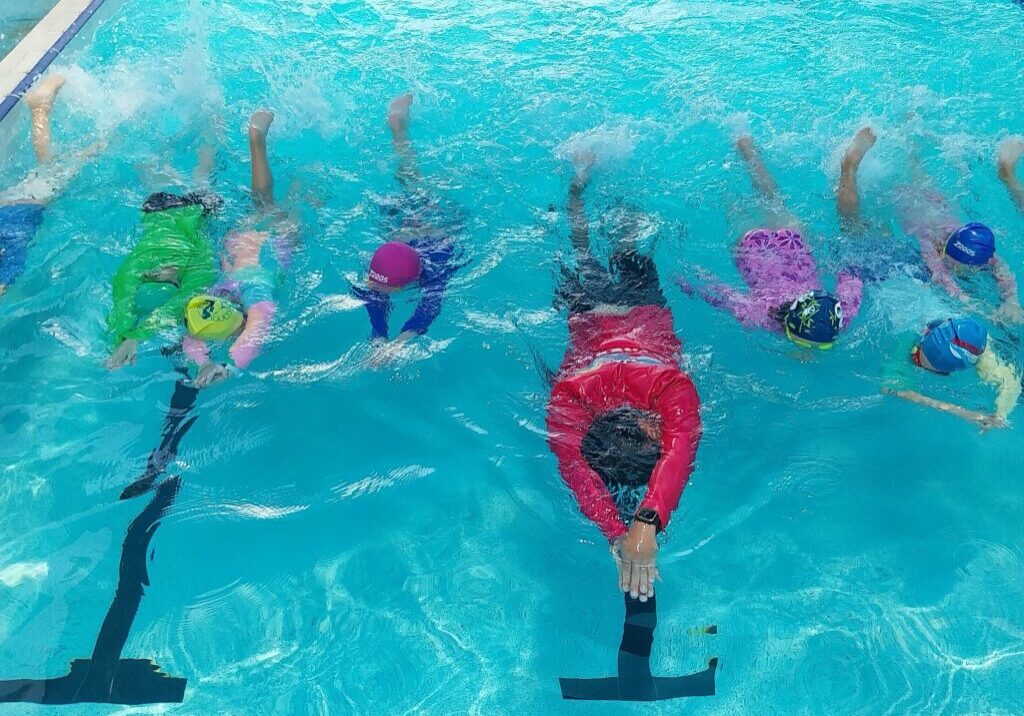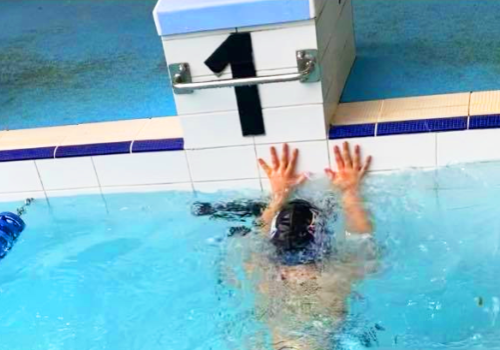Blog
We are passionate about quality aquatic education and child safety. This goes beyond offering learn-to-swim programs for the past 21 years. We like to share our knowledge and expertise too. In this blog section you can read about a wide range of swim related topics.
Little Swimmers Big Achievements
Testimonial from mum Becky. In just four months, our water-fearing 4-year-old boy has transformed into an absolute water-baby who is now swimming on his own, floating on his back, and diving under the water for sinkies! In fact, it is hard to keep him above the water now! We are truly overjoyed and blown away…
Why core strength is important for swimmers.
Core strength is crucial for swimmers, as it directly impacts your performance in the water. Let’s explore how core strength relates to different swim strokes. Water is not as solid as one might think, and swimming through it is not easy. When we walk our feet pushes against the solid ground to move us forward.…
What is relay swimming?
What is relay swimming? Relay swimming is a team event in competitive swimming where each swimmer on a team completes a specified distance using a particular swimming stroke. There are various relay events, but the most common ones are the 4×100-meter and 4×200-meter freestyle relays, as well as the 4×100-meter medley relay. Here’s an overview…
what is the Individual Medley?
What is the Individual Medley (IM)? The Individual Medley (IM) is a swimming event that combines all four competitive swimming strokes into one race. The four strokes involved in the IM are: Butterfly: Swimmers use a dolphin kick and simultaneous arm movement below and above the water with both arms moving in a circular motion.…
Which turn to use for which swim stroke?
For our symmetrical strokes, butterfly and breaststroke, we use ‘touch turns’, which requires a two–handed touch and quick tuck-and-turn to continue with speed. Whilst this may seem the simple technical turn, it still requires concentration and timing to ensure a full stroke before the glide phase. The fastest way to change direction at the wall…
Touch Turns for Breaststroke and Butterfly
For our symmetrical strokes we use ‘touch turns’, which requires a two–handed touch and quick tuck-and-turn to continue with speed. Whilst this may seem the simple technical turn, it still requires concentration and timing to ensure a full stroke before the glide phase. Performing a touch turn in breaststroke and butterfly involves smoothly transitioning from…





